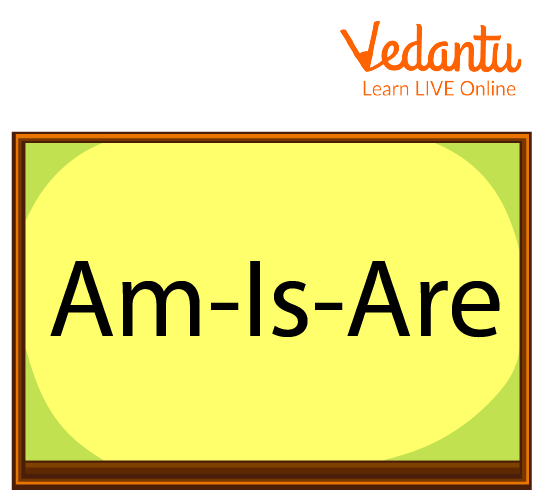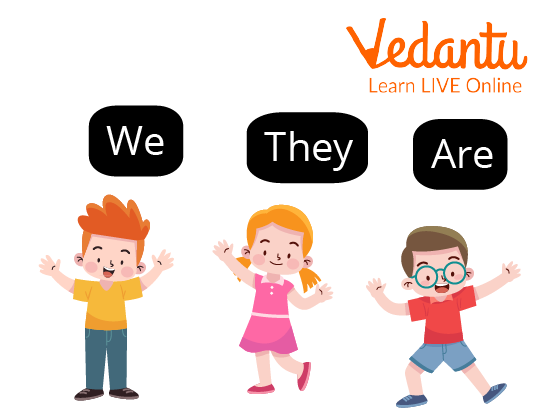How to Use Is, AM, and Are? Free PDF with Solution for Class 1 English Grammar
FAQs on English Grammar Class 1 Am, Is, and Are - PDF
1. Where are is, am, are used in English grammar?
Am, is, and are verbs that are used in the present tense in mainly four situations:
To describe a thing or person in the present. (I am smart, She is beautiful, you are tall)
To talk about what is being done in the present. (I am loved by my parents, She is paid on time, The technicians are trained well)
To name or rename a thing or person in the present. (I am a doctor, She is a teacher, You are my best friend)
To convey what someone is doing at the moment. (She is talking to him, I am reading a book, It is working perfectly)
2. How can you build a negative sentence in the present simple?
You form negative sentences by adding “not” to a present simple sentence. The word “not” is added after the verb; for instance, “I am not angry”, “You are not my friend”, “She is not from India”.
3. How do you form the present continuous of “to be” verbs?
You can turn a sentence into a present continuous by adding the word “being” after the verb. Some examples are “I am being naughty”, “We are being driven to school”, and “She is being herself”.














